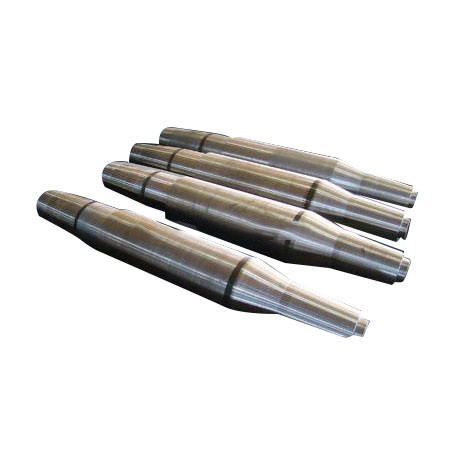 English
English-
 English
English -
 Español
Español -
 Português
Português -
 русский
русский -
 Français
Français -
 日本語
日本語 -
 Deutsch
Deutsch -
 tiếng Việt
tiếng Việt -
 Italiano
Italiano -
 Nederlands
Nederlands -
 ภาษาไทย
ภาษาไทย -
 Polski
Polski -
 한국어
한국어 -
 Svenska
Svenska -
 magyar
magyar -
 Malay
Malay -
 বাংলা ভাষার
বাংলা ভাষার -
 Dansk
Dansk -
 Suomi
Suomi -
 हिन्दी
हिन्दी -
 Pilipino
Pilipino -
 Türkçe
Türkçe -
 Gaeilge
Gaeilge -
 العربية
العربية -
 Indonesia
Indonesia -
 Norsk
Norsk -
 تمل
تمل -
 český
český -
 ελληνικά
ελληνικά -
 український
український -
 Javanese
Javanese -
 فارسی
فارسی -
 தமிழ்
தமிழ் -
 తెలుగు
తెలుగు -
 नेपाली
नेपाली -
 Burmese
Burmese -
 български
български -
 ລາວ
ລາວ -
 Latine
Latine -
 Қазақша
Қазақша -
 Euskal
Euskal -
 Azərbaycan
Azərbaycan -
 Slovenský jazyk
Slovenský jazyk -
 Македонски
Македонски -
 Lietuvos
Lietuvos -
 Eesti Keel
Eesti Keel -
 Română
Română -
 Slovenski
Slovenski -
 मराठी
मराठी -
 Srpski језик
Srpski језик
Why Are Circular Flange Bearings Critical in Machine Tooling?
2025-04-17
1. What makes Circular Flange Bearings different from other ball bearings?
Flanged ball bearings are not really different types of bearings. Just as ball bearings are available as sealed or open, they are also available as flanged or plain bearings. Flanges are just another option that bearing manufacturers offer to design engineers. A flange is an extension or lip on the outer ring of a bearing that is designed to help mount and locate the bearing in delicate or problematic applications.
2. Why are these Circular Flange Bearings needed?
Circular Flange Bearings are most often used when an application requires the bearing to be locked in place. The design engineer will want to lock the bearing either axially along the shaft or radially perpendicular to the shaft, depending on his application. Flange bearings are used in this case to help accommodate axial thrust. If there is any axial load or axial thrust on the bearing, the flange will prevent the bearing from moving axially.

3. What applications are Circular Flange Bearings suitable for?
Any application that requires the bearing to be mounted in an area of high vibration, as well as any application that requires high axial loads, will benefit from using Circular Flange Bearings. “Automotive applications are a good example; all vehicle components must be able to withstand high vibrations. Design engineers need to be able to select and assemble bearings that can withstand vibrations and high temperatures. Therefore, adhesives or interference fits are often not enough when fitting bearings into automotive applications. To ensure long bearing life and durability, the choice comes down to flanged bearings. Bearings with flanges will maintain their position and withstand the harsh environment and vibrations within the vehicle. If necessary, the assembly of flanged bearings can also include auxiliary accessories such as retaining clips.”
Very high temperatures also require the selection of circular flange bearings. In under-the-hood applications, temperatures are often around 180°C, and the materials present between the ball bearing and the housing or shaft produce different rates of thermal expansion.
"For example, a steel bearing is pressed into an aluminum housing; the housing may expand earlier than the steel bearing, thereby losing interference with the bearing. Using a circular flange bearing in this application will keep the bearing in axial position regardless of the imbalance in expansion rate."
Circular flange bearings are most commonly used in light-duty applications such as food processing machinery, conveyors, material handling, belt drives in HVAC, textiles, baggage systems, medical processing and various other light industrial applications.
4. How are circular flange bearings installed?
Once it is determined that the application requires a circular flange bearing, then the installation of the bearing is not complicated. The disadvantage is that many types of flanges are expensive to manufacture and will increase the cost of the application design.




